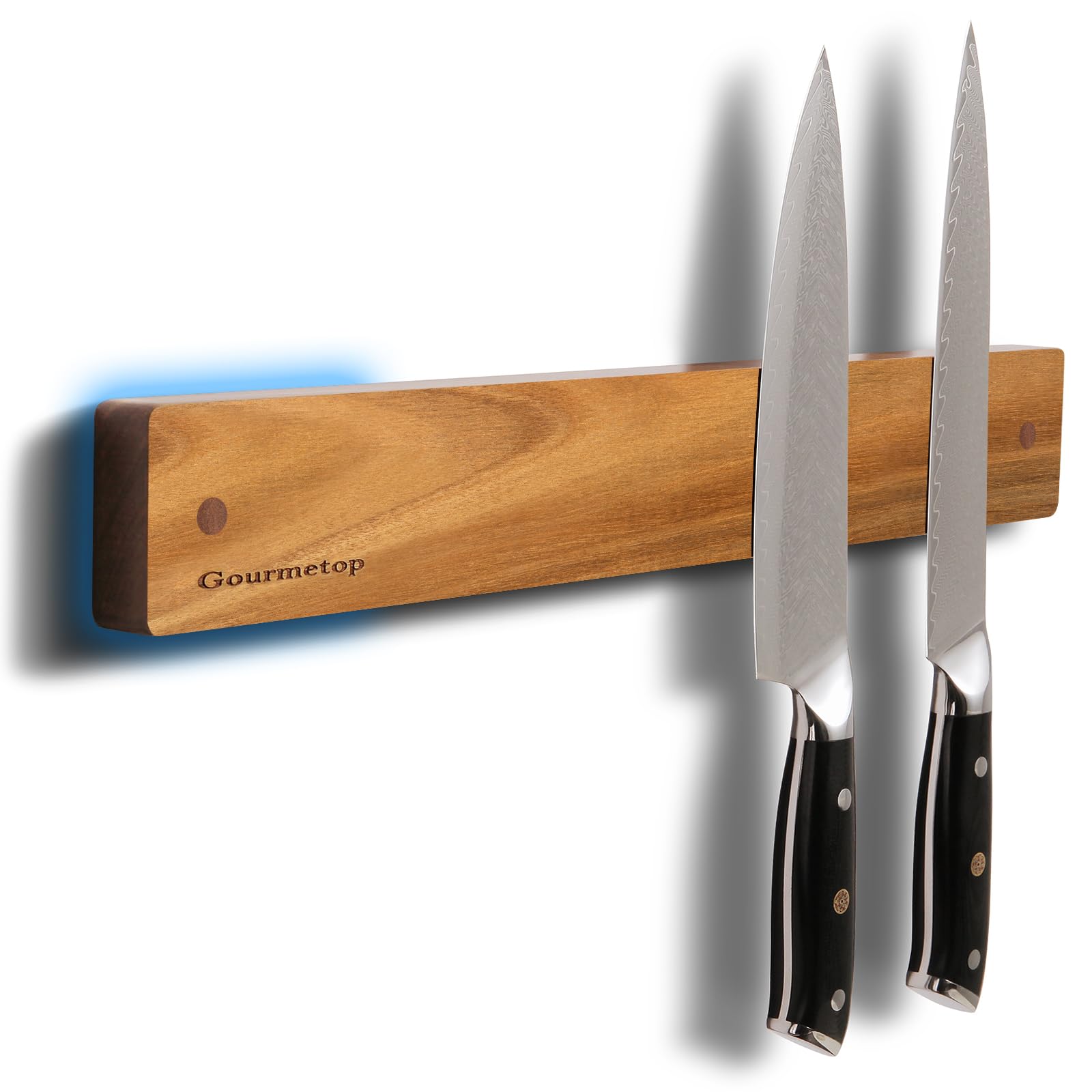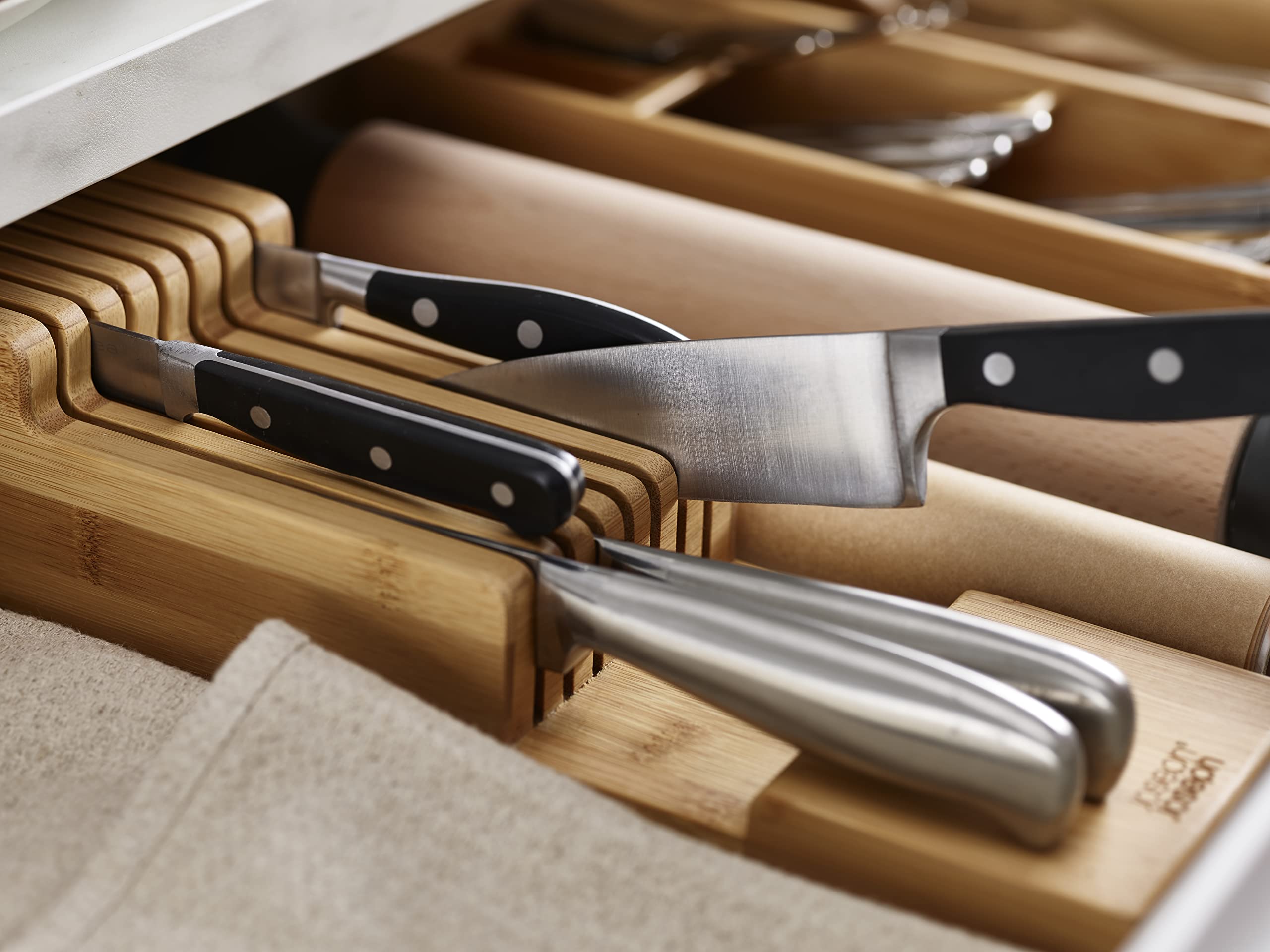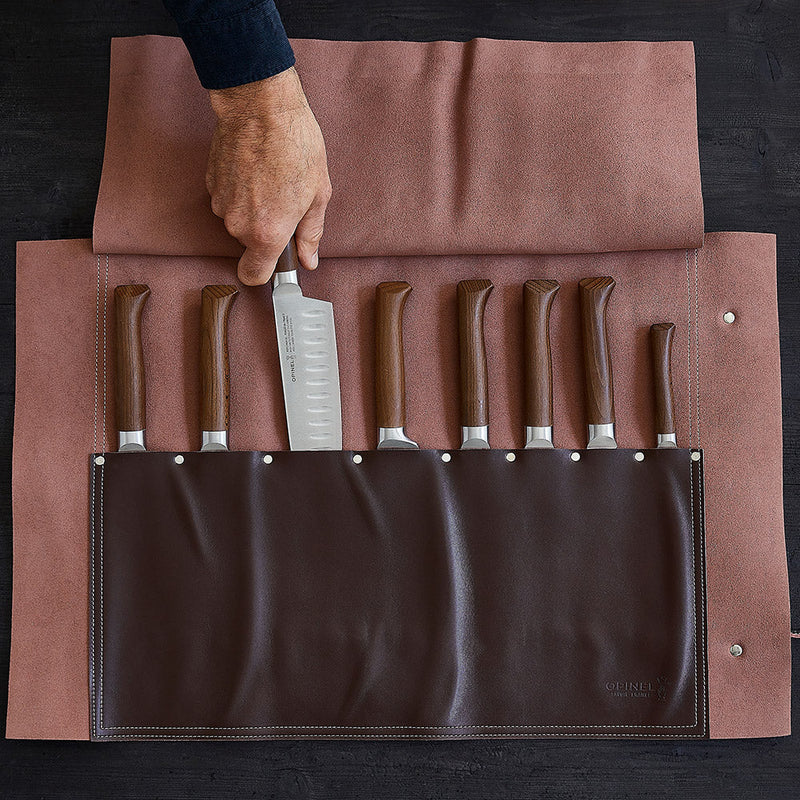2025-04-11
A sharp knife is one of the most important tools in your kitchen. It speeds up prep time, improves the quality of your cuts, and — contrary to common belief — is actually safer than a dull blade. But keeping your knives sharp isn’t just about regular honing or booking a professional knife sharpening service. How you store your knives plays a huge role in maintaining their edge.
If you’re wondering how to keep your knives in top condition between sharpening sessions, this guide is for you. Whether you're a passionate home cook or just starting your kitchen journey, proper storage habits can significantly extend the life of your blade — and reduce how often you need to sharpen your knife.
Let’s dive into the best knife storage methods and how to avoid the common mistakes that dull your knives faster than necessary.
Before we explore storage options, it's important to understand why this matters:
Even with access to professional knife sharpening in Singapore, the best care starts with how you treat your knife after each use.
Best for: Modern kitchens with limited counter space
A magnetic knife strip holds your blades securely along a mounted magnetic bar, keeping them accessible and well-ventilated.
 Gourmetop Magnetic Knife Holder for Wall (Amazon)
Gourmetop Magnetic Knife Holder for Wall (Amazon)
✅ Pros:
⚠️ Watch out for:
Placing knives too forcefully onto the strip can chip the blade or misalign the edge. Be gentle, especially with thin Japanese knives.
Best for: Traditional kitchens with extra counter space
Wooden or plastic knife blocks are classic storage solutions that keep your knives upright and separate.
✅ Pros:
⚠️ Watch out for:
Knife blocks with horizontal slots are preferred — vertical slots can wear down edges over time as the blade slides against the wood. Clean your knife block regularly to prevent dust and moisture buildup.
Best for: Minimalist kitchens or homes with children
These in-drawer trays provide dedicated slots for each knife, keeping them separated and safe from contact.
 Drawer Store Knife Organizer (Amazon)
Drawer Store Knife Organizer (Amazon)
✅ Pros:
⚠️ Watch out for:
Ensure the tray fits your drawer snugly. Loose knives sliding in an oversized tray can still lead to dulling or damage.
Best for: Portable storage or temporary solutions
These are individual covers that fit over the blade of each knife. They’re ideal if you need to store your knife in a drawer or take it on the go (e.g., for catering or BBQs).
✅ Pros:
⚠️ Watch out for:
Plastic guards should fit snugly. If moisture gets trapped inside, it can lead to rust — so dry your knife completely before storing it in a sheath.
Best for: Professional chefs or culinary students
Knife rolls are soft-sided cases designed for transporting knives safely. They’re popular among chefs who carry their own tools.
 Opinel 8 Slot Chef Knife Roll Bag (Amazon)
Opinel 8 Slot Chef Knife Roll Bag (Amazon)
✅ Pros:
⚠️ Watch out for:
Like sheaths, make sure knives are completely dry before rolling them up to avoid corrosion, especially in humid places like Singapore.
Even the best knife can lose its edge if stored improperly. Here are some common habits that contribute to early dulling:
❌ Throwing knives loosely into a drawer — This causes the blade to knock against other utensils, damaging the edge.
❌ Storing knives wet or damp — Moisture is the enemy of most kitchen knives. Even stainless steel can rust over time.
❌ Overcrowding your knife block or drawer — Squeezing knives too close together can lead to chips and bent tips.
❌ Storing knives near heat sources — Exposure to high heat (e.g., above the stove) can warp blades over time.
If any of these sound familiar, it might be time to change how you store your knives — and perhaps to sharpen your knife professionally to undo the damage.
In a tropical, humid environment like Singapore, knife care is especially important. High humidity accelerates rust and oxidation. Even stainless steel knives, which are more resistant, can suffer over time if improperly stored.
When stored correctly:
That said, even the most carefully stored knife will eventually lose its edge — which is why regular knife sharpening remains a critical part of maintenance.
Here’s how to know it’s time to sharpen your knife:
For home cooks in Singapore, we recommend sharpening your most-used knives every 6 to 12 months. Professional chefs or frequent cooks should consider a shorter interval of 3 to 6 months.
Proper knife storage is one of the most overlooked aspects of kitchen care — but it makes a significant difference in your cooking experience. By storing your knives correctly and sharpening them regularly, you’ll get more life out of your tools, more enjoyment out of your prep, and better results on the plate.
If your knives are already showing signs of dullness, don’t worry — a fresh edge is just a few clicks away.
Still curious? Check out our Ultimate Guide to Knife Sharpening.
P.s. If you’re in Singapore and need professional sharpening, feel free to visit our knife sharpening service! We offer precision sharpening for all types of knives, ensuring your blades stay razor-sharp.
We are currently only operating in Singapore. Our next pick up will be on Saturday, Apr 26, 2025.